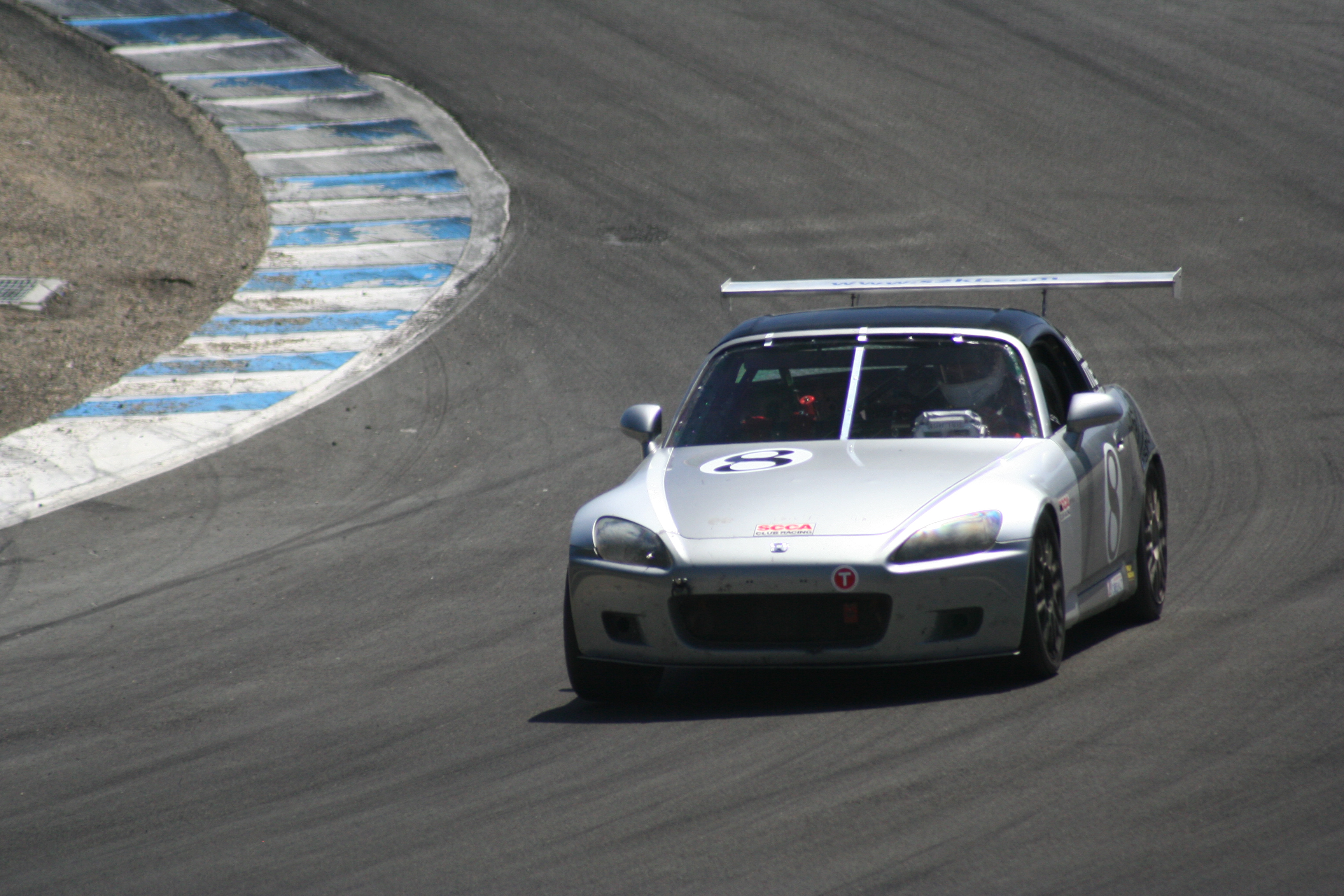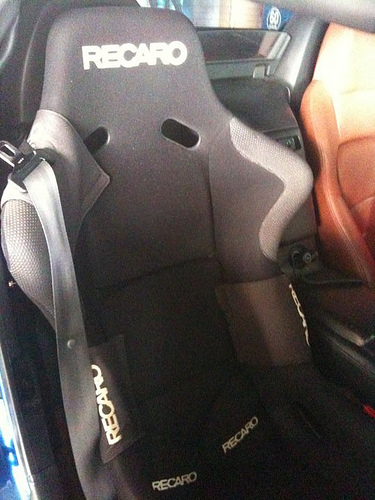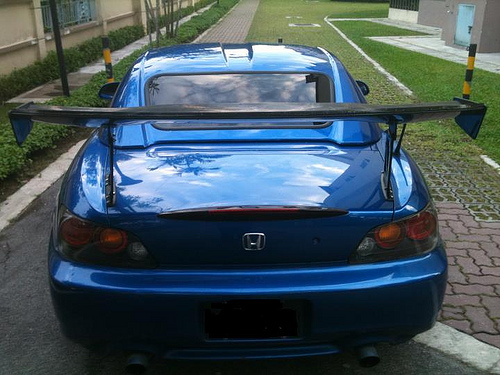Add Lightness
Colin Chapman, that revered saint of minimalism, famously said “To add speed, add lightness.” Needless to say, his words have become a mantra of sorts for track enthusiasts everywhere. Lowering curb weight is one of the ways to improve acceleration and cornering ability. It is a key area of focus for enhancing our cars’ performance on track. Proof of how well a lightweight setup can work in real life is the Honda S2000 CR (Club Racer) which deletes the soft top entirely and even has a trim that deletes air conditioning and the radio for those seeking a purer track experience.
It’s all simple physics really. A lower mass needs less power to accelerate and a lighter curb weight puts less stress on the tire thus resulting in a higher cornering speed limit for the tire. Braking performance and longevity of pads and rotors will also improve as the braking components are not as loaded by a lower mass. Fuel efficiency, while not quite in the Prius league, will also see some improvement.
Let us now look separately into the various areas where weight reduction can be done beginning with unsprung weight, or the weight not supported by the springs of the car. This includes wheels, suspension and tires. I picked Enkei RPF1 rims to replace my stock rims not only as they had the offsets I was looking for, but also for the 5.5 kg (12.12 lbs) of weight savings they provided. Changing to a set of aftermarket coilovers by Tein to improve handling also helped shave approximately 8 kg (17.6 lbs).
Significant weight savings can also be realized from shaving weight from the interior and exterior parts of the car. The boot (trunk) trim, tools and spare tire can be removed for weight savings of close to 15 kg (33 lbs). Installing a racing seat serves a dual purpose of both providing proper support for the driver while also reducing curb weight. One could approximately save a total of 9 kg (19.8 lbs) by installing racing seats for both the driver and passenger. A picture of the Recaro Profi SPG that I’ve chosen for my ride is below.
A Mugen FRP hardtop or the factory hardtop might weigh more than 20 kg (44 lbs), but when coupled with removal of the soft top (including the motors), might actually net you a 10 kg (22 lbs) overall weight loss. Should your budget permit and if your car is primarily driven on track (as mine is), buying lightweight carbon fiber parts such as doors and fenders will also contribute towards shaving more weight off your car.
Installing aftermarket parts connected to your engine and transmission can also lead to a lower curb weight. A good example would be carbon intakes from companies like J’s Racing or Password JDM which can save up to 2.5 kg (5.5 lbs) over the stock air box. Even larger gains come from the exhaust system where a J’s Racing exhaust manifold, J’s Racing titanium dual exhaust and Invidia test pipe could possibly drop 5.5 kg (12.1 lbs), 17.5 kg (38.6 lbs) and 2.5 kg (5.5 lbs) respectively for a total of 25.5 kg (56.2 lbs).
The mass that is rotated by the crank is a critical weight impacting engine response and the AP1 flywheel is a good 4.5 kg (9.9 lbs) lighter than the stock AP2 flywheel although, should your budget permit, you could find aftermarket flywheels from companies such as Toda which save up to 5-6 kg (11-13.2 lbs). Finally, while often overlooked for weight reduction, an aftermarket replacement battery such as one from Odyssey, could save up to 4.5 kg (9.9 lbs).
I must state that the numbers quoted above are approximates, as it was practically not possible for me to weigh each item individually. I recently sent my car to be weighed on a scale at a scrapyard and the display read 1,180 kg (2,601 lbs) with a quarter tank of petrol. The relatively large rounding error of that scale means that my car could be anywhere from 1,176 kg (2,592.6 lbs) to 1,184 kg (2,610.3 lbs). I compared the measured weight from the scrapyard scale to a spreadsheet I compiled to tally up the loss of weight from each part that also included the added weight of other modifications such as the GT wing I installed and found I was not too far off the mark. I have plans though to weigh my car on corner scales some time in the near future in order to get more accurate numbers.
Since alignment settings and even tire pressure settings are dependent on the weight of the driver combined with the car, I have embarked upon the all-important driver mod to lose weight and improve my personal fitness. I fully expect that a lighter me will be able to more fully realize the performance gains that weight reduction bestows and keep reciting the Chapman mantra as I go about my daily life. How about you? Do you see any on-track benefit from lowered weight? Will you be one of those S2000 drivers joining me on this drive to add lightness?
Images courtesy of Krazik and C32b





